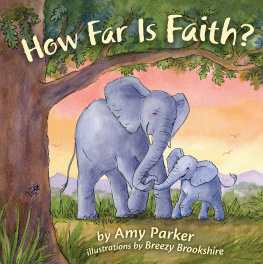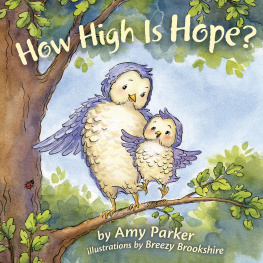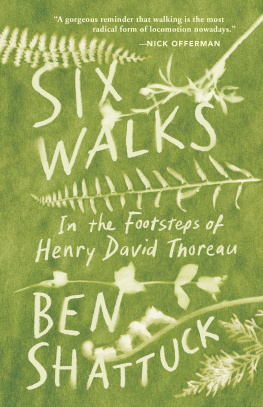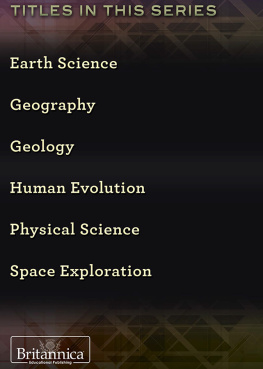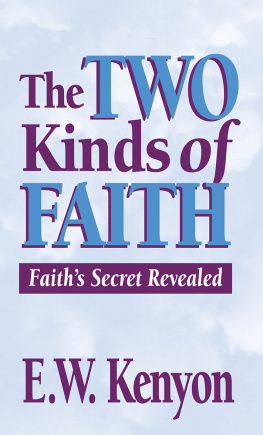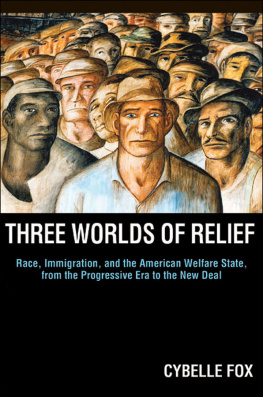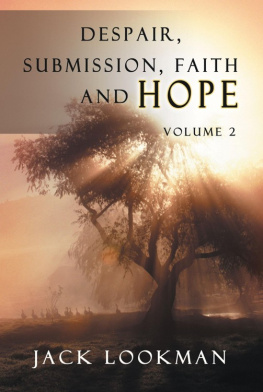Cover photo by Ksenia Chernaya from Pexels.
Published by State University of New York Press, Albany
2021 State University of New York Press
All rights reserved
Printed in the United States of America
No part of this book may be used or reproduced in any manner whatsoever without written permission. No part of this book may be stored in a retrieval system or transmitted in any form or by any means including electronic, electrostatic, magnetic tape, mechanical, photocopying, recording, or otherwise without the prior permission in writing of the publisher.
For information, contact State University of New York Press, Albany, NY
www.sunypress.edu
Library of Congress Cataloging-in-Publication Data
Names: Shattuck, Cybelle T., [date]- author.
Title: Faith, hope, and sustainability : the greening of US faith communities / Cybelle T. Shattuck.
Description: Albany : State University of New York Press, [2021] | Series: Suny series on religion and the environment | Includes bibliographical references and index.
Identifiers: LCCN 2020045642 (print) | LCCN 2020045643 (ebook) | ISBN 9781438481999 (hardcover) | ISBN 9781438482002 (ebook)
Subjects: LCSH: United StatesHistory21st century. | EcotheologyUnited StatesCase studies. | Human ecologyReligious aspectsChristianityCase studies. | Christian communitiesCase studies.
Classification: LCC BR526 .S524 2021 (print) | LCC BR526 (ebook) | DDC 261.8/80973dc23
LC record available at https://lccn.loc.gov/2020045642
LC ebook record available at https://lccn.loc.gov/2020045643
10 9 8 7 6 5 4 3 2 1
PREFACE
WHILE TEACHING IN THE RELIGION DEPARTMENT of a liberal arts college in Michigan, I developed an interest in the role that religion plays in shaping behavior toward the natural environment. Delving into the field of religious environmentalism, also called religion and ecology, I was delighted by the eloquence of writers like John Burroughs, Thomas Berry, and Sallie McFague, who advocated faith-based environmental ethics, and by the hopeful tone of scholars such as Roger Gottlieb, Mary Evelyn Tucker, and Laurel Kearns, who studied emerging eco-theologies and celebrated a greening of American religion. However, I gradually grew dissatisfied with philosophical treatises and sought information about what people were doing to put faith-based environmental ethics into practice in order to change human impacts on the environment. At that time, in 2007, there were a few intriguing accounts of religious environmentalism in action, such as: Sarah McFarland Taylors study of green nuns Nonetheless, it immediately became apparent that research into faith-based actions was far less comprehensive than scholarship focused on theology.
Shortly after becoming aware of the lack of empirical research on religion and environmentalism, I decided to return to graduate school for a degree in which compared cases of collaborative resource management from around the United States to discern factors that contributed to successful programs. The goal was to identify best practices that would be useful to public policy makers and to people in diverse communities seeking to develop their own collaborative management programs. It occurred to me that one could conduct a similar study of faith-based environmentalism to answer the question: When it works, why does it work? Comparing cases in which faith communities have gone beyond annual Earth Day liturgies to undertake earth-care projects could shed light on the motivations and processes that contribute to development and implementation of successful initiatives. Furthermore, this research could provide a repertoire of stories and information about best practices that would assist other faith communities seeking to develop their own initiatives.
Fortunately, when I proposed this project as a potential dissertation topic, Dr. Julia Wondolleck agreed that it would make a valuable contribution to knowledge about what motivates people to engage in environmentally beneficial behavior. With this comparative case-study model in mind, I set out to learn more about the environmental work undertaken by faith communities in the United States. While reviewing information on websites for interfaith environmental organizations like the National Religious Partnership for the Environment, Interfaith Power and Light, and GreenFaith, I discovered a trove of stories about congregations involved in environmental stewardship. All across the country, faith communities were engaging in resource conservation, land stewardship, and environmental advocacy. They were changing human behaviors and upgrading facilities to conserve energy, paper and water, buy or grow local and organic food, reduce use of toxic chemicals in buildings and grounds, produce less waste, generate carbon-free energy, restore ecosystems, and promote policies for environmental justice and climate action.
It also became apparent that while many houses of worship engaged in one or two earth-care projects, a small number of congregations scattered across the United States were implementing multiple projects and seemed to have adopted earth care as a significant element of their religious missions. Curious about how they were able to achieve so much, I visited fifteen of these remarkable faith communities to learn about the processes through which they integrated earth care into their organizations. This journey took me west to California and east to Maine, north to Minnesota and south to Virginia. I discovered wonderful examples of resource conservation, such as the first Platinum LEED-certified synagogue in the United States, built by the Jewish Reconstructionist Congregation of Evanston, Illinois. The community conserved resources during construction of their beautiful building by using materials with a lower ecological footprint like reclaimed wood siding and cabinets made from sunflower-seed shell particle board. They continue to conserve in day-to-day activities because of features like large windows that let in light and Energy Star appliances that reduce use of electricity.
I also explored land stewardship at faith communities with extensive grounds. Thus, I walked in the shade of century-old beech trees at Villa Maria Community Center in western Pennsylvania, where the Sisters of the Humility of Mary use sustainable forestry practices to manage 400 acres of woodland and grow organic produce for a market garden. Political advocacy was a less prevalent practice, often arising in response to a particular local issue, but this too was on display in several of the communities I visited. In one inspiring example of people drawing courage from their religious convictions, the Earth Care House Church at Trinity Presbyterian Church in Harrisonburg, Virginia, had decided to take on national energy policy and persuaded the Presbyterian Church (USA) denomination to advocate against coal-burning power plants that pollute the air and harm both human and environmental health.
These examples illustrate the kinds of activities undertaken by the fifteen faith communities I visited during 2012 and 2013. Each site provided an opportunity to gather information from people who have succeeded in translating environmental ethics into action. People generously shared their experiences and insights with me, explaining what motivated them to engage in earth care through the venues of their faith communities and how they had made progress toward integrating sustainability into worship, education, management, and ministry work. Visiting these communities and observing their accomplishments, seeing how they have reduced their carbon footprints and built more resilient communities both inside and outside their houses of worship, gave me a sense of hope for the future. I hope this book, with its stories of faith-based earth care and its analysis of factors that contributed to development of durable sustainability initiatives within congregation-level religious organizations, will inspire and assist others to join this great work and embark on their own pathways to sustainability.




